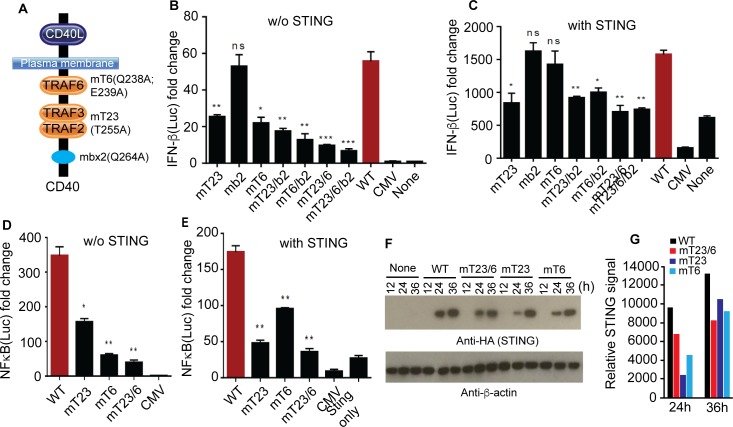Fig 4. Mutations in CD40 TRAF binding domains affect STING mediated IFN-β response.
(A) Diagram of CD40 showing various amino acid substitutions in the TRAF binding domains. For example, mT6 (Q238A, E239A) stands for mutations in TRAF 6 binding domain with amino acid substitution at Q238A and E239A. Mbx2 is the box2 at the C-terminal of CD40 as described [17]. (B) Luciferase signals driven by IFN-β promoter from 293T cells (2 × 105) transfected with plasmids carrying wild type (WT) or different Cd40 mutant genes were measured 24 h after lipofectamine transfection. Mutations in one or more TRAF binding domains/box are as indicated. (C) The same experiments as in (B) with co-transfection of Sting gene. (D) Luciferase signals derived by NFκB promoter from 293T cells transfected with plasmids carrying WT or mutations in TRAF23 or TRAF6 domains of CD40. (E) The same experiments as (D) but co-transfected with Sting gene. (F) STING protein expression levels after co-transfection of 293T cells (2 × 105) with WT Cd40 or Cd40 with mutations in the TRAF binding domains for 24 h, and cell lysates were detected on Western blot. (G) Quantitative measurements of protein levels in (F). For (B-E), data are means+s.d. from three experiments; t-test, *P<0.05; **P<0.01; ***P<0.001.

